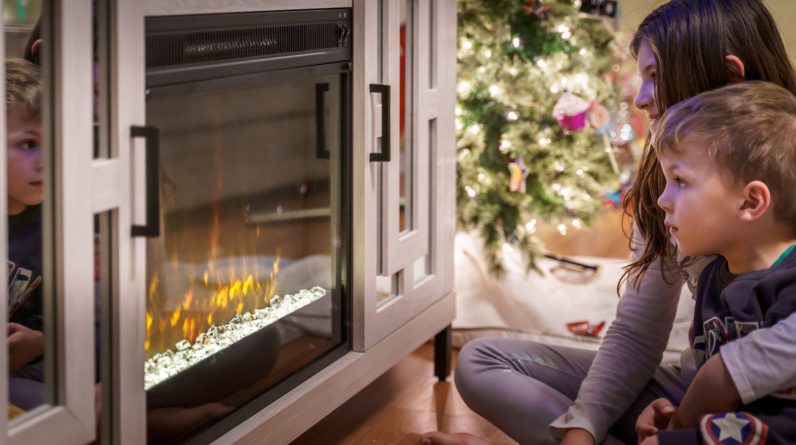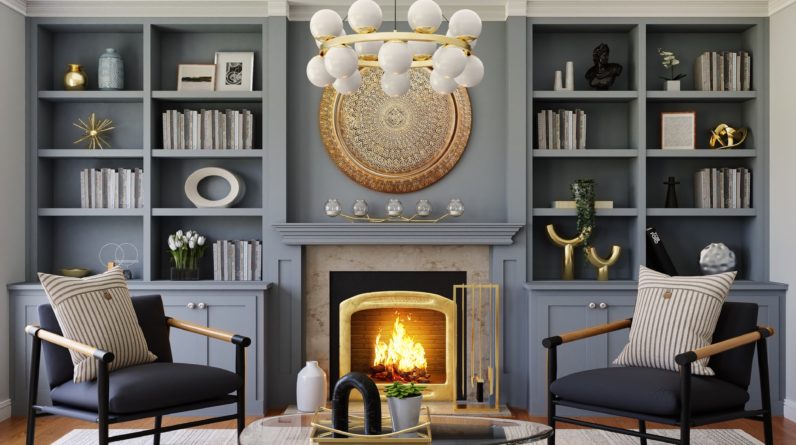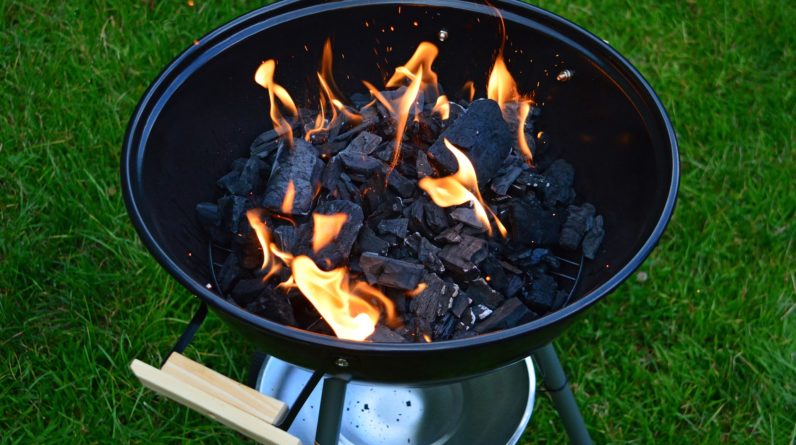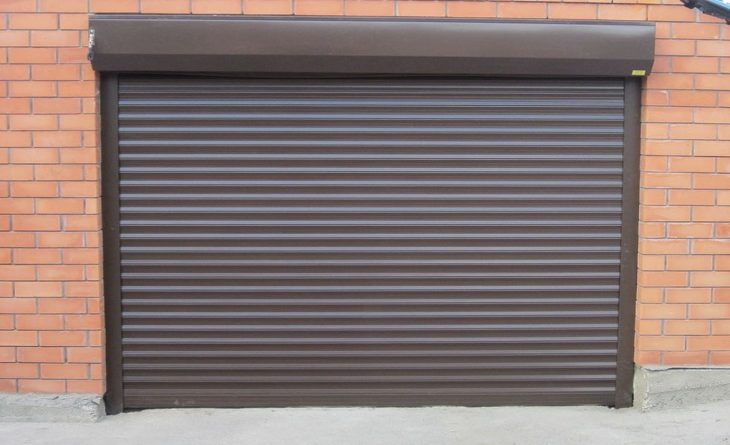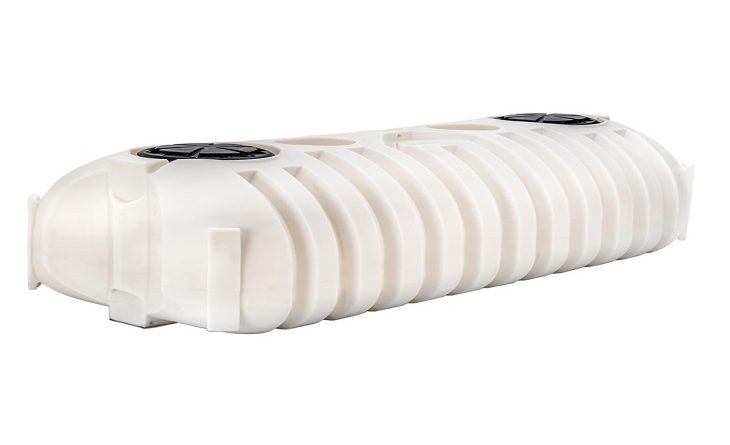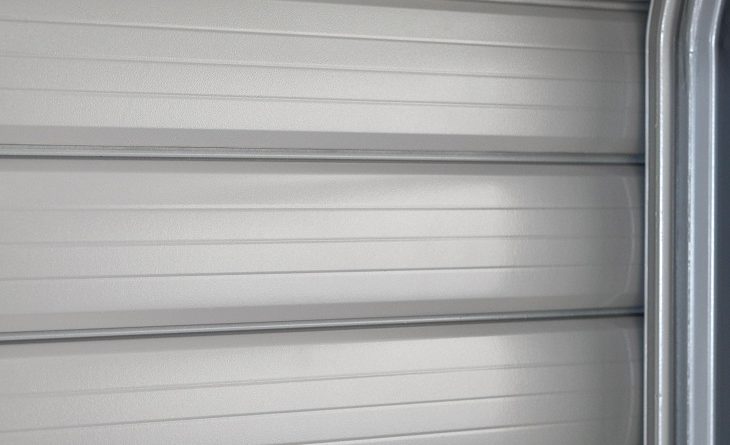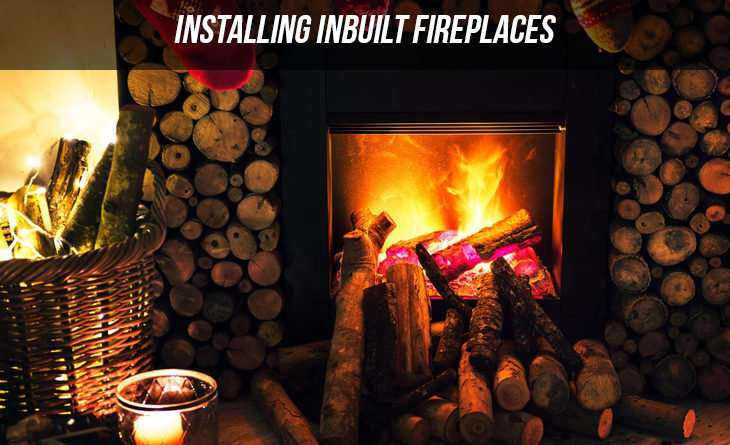
If you have ever had to experience a cold winter, then you understand the importance of having a fireplace. They are not only important for providing additional warmth to your home, but also for other uses. A good hearth can also raise the value of your home, especially if you live in areas that are particularly cold during the winter. It can also be used to cut down energy costs. They can also be used when the electricity has gone out, for instance, in the event of a big wind storm or heavy rain. They can come in handy when you are in a romantic mood, by providing the perfect atmosphere, letting you have a cosy, romantic evening right there in your living room.
Before you can experience such benefits, you have to of course have a fireplace installed. To do this however, you have to decide what sort of inglenook you are looking for. The options are usually between wood and gas, with each having their own advantages in comparison to the other, and they can sway you either way. In this little tutorial, we shall use a gas powered one as an illustration. Here are the steps to take:
Make A Choice
This might seem like an obvious thing, but considering what you have to go through, it may be a little more difficult than you might think. In fact, this is the most important step of them all.
When choosing a fireplace, you will have to consider different factors. One of the three main ones are the manufacturer. There are many manufacturers in the market, each offering different features on their fireplaces. You can go through different manufacturers such as Lopi and Regency which are some of the most trusted brands in Australia.
Another factor you will have to consider is the actual fireplace. All the manufacturers offer a variety of inbuilt fireplaces, for different prices. The pricing is mostly dependent on the size, output, emission, and features. You should also consider the cost of the optional extras and see what fits within your budget. Finally, consider size. This means both the size of the fireplace and your house. Most of the larger models in size have a higher heat output, which in turn works for a larger space. It would not work on a smaller house. The size of the house also determines the size of the fireplace, since you have a smaller space to install it in.
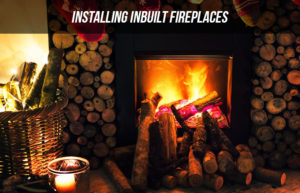
Find A Gas Supplier
After choosing which fireplace best works for you, the next step is finding a gas supplier. This means that if you are in the process of building, you will have to go through all the providers in your area, before settling on who best works for you in terms of pricing, service delivery, customer service, and of course the reviews from other customers. In the event that you are renovating your house and would like to add a fireplace to it, you will have to talk to your supplier, since they might need to be there for the installation and also to know about your increased gas needs.
Buy The Actual Fireplace
The next step is purchasing the fireplace you chose at the beginning of this tutorial. When purchasing the fireplace, consider all the optional extras that you might require, and make sure you get everything at a go. Some fireplaces come with certain trims and finishes that are optional as well as certain fascia. Make sure you buy all the necessities needed for installation including the flue, ceiling plate and any other fittings such as an LPG to natural gas conversion kit. Try and go for a horizontal flue if the space allows for it.
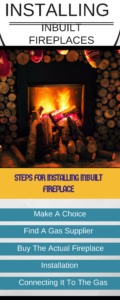
Installation
This part is best handled by a professional, if this is your first time doing it. If you are handy with tools and have enough confidence in your abilities, then feel free to do it on your own. It is important to note however that there is quite a bit of construction involved, including cutting holes in the wall, ceiling and roof. You will also need to line this hole with certain heat resistant materials. This entire process if not handled properly, could weaken a wall or even damage the plumbing resulting in a leak.
Connecting It To the gas
The final step in the installation is obviously getting connected to the gas lines. This is a delicate process that carries with it very real hazards such as grievous injury to yourself and others, and even setting your house on fire. This is the reason why it is imperative that this part be done by a qualified gasfitter. Try and get a package deal from your supplier for this since more often than not, it will be cheaper.
Read More
